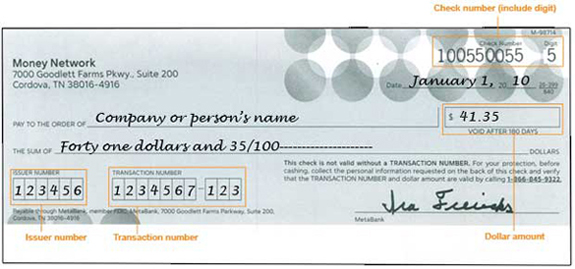
secondary buyout, sale to strategic, or IPO), the exit proceeds of $210m are divided by $85m (with a negative sign in front) to get to a 2.5x MoM.

If we assume the financial sponsor liquidated the investment in Year 5 (e.g. To calculate the MoM, we first sum up the cash inflows from the relevant year and then divide the amount by the cash outflow in Year 0 for each year. Multiple of Money Calculation Example (MoM) However, other inflows such as dividends or monitoring fees (i.e., portfolio company consulting) must also be accounted for (and entered as positive figures). In our simple LBO model, the two major expenditures and inflows of cash are the entry investment and the exit sale proceeds. Exit Proceeds at Various Potential Exit Dates.Therefore, the exit proceeds in Year 1 are $110m while in Year 5, the proceeds come out to $210m.įor the return calculation to be accurate, the table must display all the cash inflows and outflows, but most notably, the following two components: Exit Proceeds, Step Function = +$25 million.In our model, we are assuming that each year, the exit proceeds will increase by +$25m, starting from the initial investment amount of $85m. On the other hand, the positive cash inflows related to the exit proceeds are entered as positive integers, because those cash flows represent the proceeds distributed to the investor post-exit. We must also place a negative sign in front of the number because the initial investment represents an outflow of cash. Initial Investment (Year 0) = $85 million.The $85m will remain constant since regardless of when the firm decides to exit the investment, the value of the initial investment remains unchanged. Suppose a private equity firm made an investment in Year 0 sized at $85m. We’ll now move to a modeling exercise, which you can access by filling out the form below. Multiple of Money Calculator (MoM) – Excel Template Independent of Holding Period: For shorter time frames, the multiple of money (MoM) is arguably more important than the internal rate of return (IRR) – yet, for longer time horizons, achieving a higher IRR can be of greater important.However, this causes the metric to be skewed at times due to attaching more weight to proceeds received earlier in time. Non-Time Weighted Metric: The internal rate of return (IRR) metric takes into account both the amount received and the timing of when the proceeds were received.Less Time Consuming: Compared to the internal rate of return (IRR), calculating the MoM tends to be far less time-consuming because the metric quantifies “how much” the gross return was, as opposed to “when,” since time is not factored into the MoM formula.But that might no longer be the case if receiving those proceeds took ten years instead. For instance, a 2.0x multiple could be sufficient for certain funds if achieved within three years. Neglects Time Value of Money (TVM): The multiple of money (MoM) metric cannot be used by itself due to the fact that it fails to consider the time value of money.The following list contains the most common MoM to IRR approximations, which we recommend memorizing for those recruiting for roles in private equity. Enroll Today Quick MoM to IRR Approximations Enrollment is open for the May 1 - Jun 25 cohort. Level up your career with the world's most recognized private equity investing program. The formula to calculate the multiple of money (MoM) is as follows.Īnd Wall Street Prep Private Equity Certificate Program Cash Inflows: Sale Proceeds, Management Fees, Shareholder Dividends.Most often used in the context of a leveraged buyout (LBO), the multiple of money (MoM) is the ratio between 1) the total cash inflows received and 2) the total cash outflows from the perspective of the investor, i.e.

The multiple of money (MoM) is a critical measure of returns in the private equity (PE) industry, alongside the internal rate of return ( IRR).
#MYMONEY NETW HOW TO#
How to Calculate Multiple of Money (Step-by-Step) Otherwise, referred to as the cash-on-cash return or multiple of invested capital (MOIC), the multiple of money (MoM) is one of the most widely used metrics for measuring the return on an investment as well as tracking the performance of a fund. The Multiple of Money (MoM) compares the amount of equity the sponsor takes out on the date of exit relative to their initial equity contribution.


 0 kommentar(er)
0 kommentar(er)
